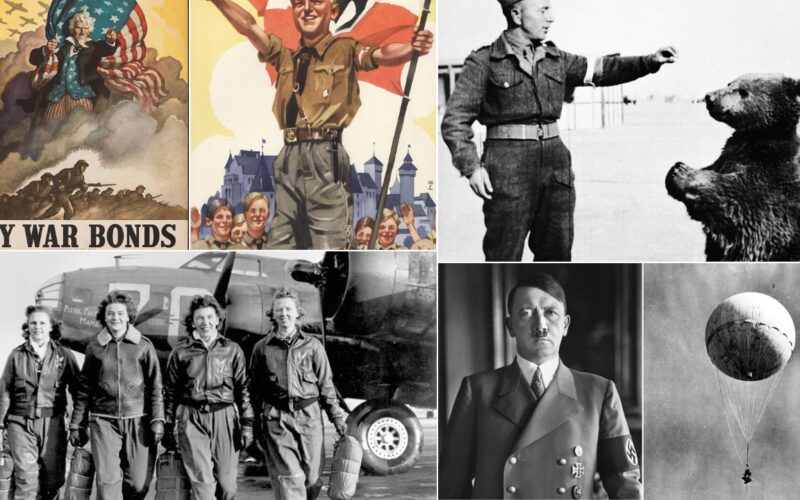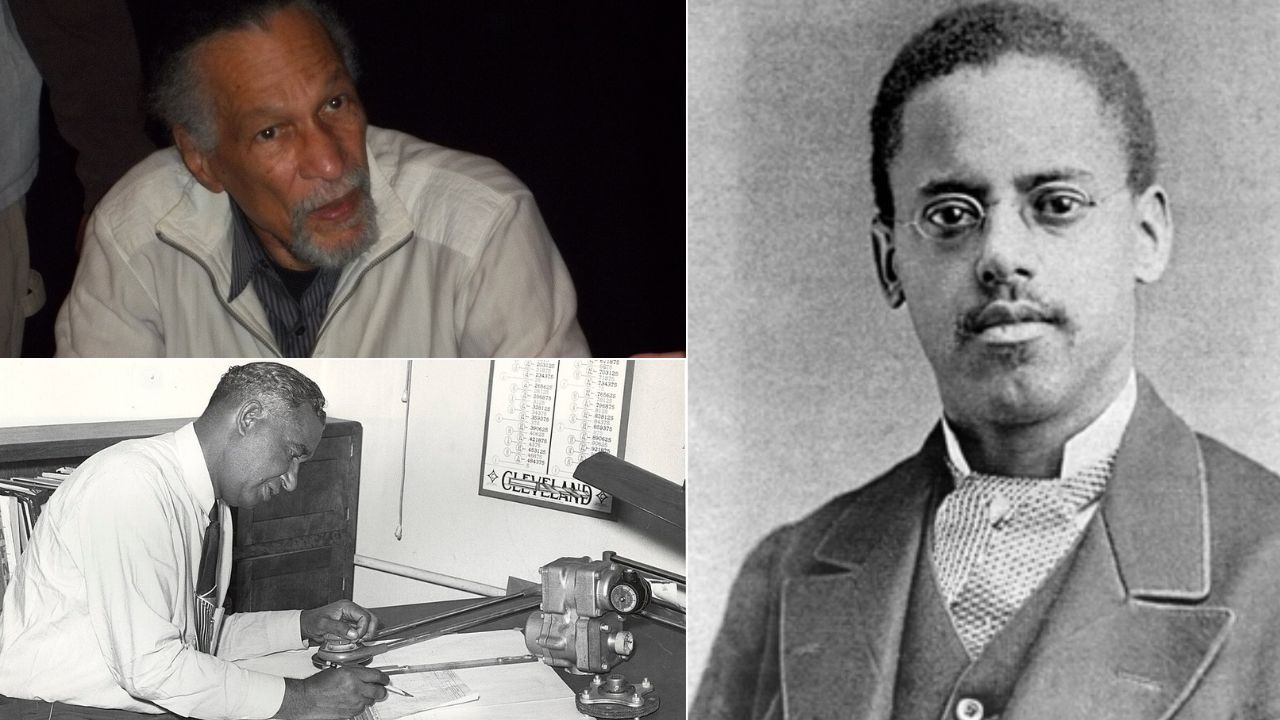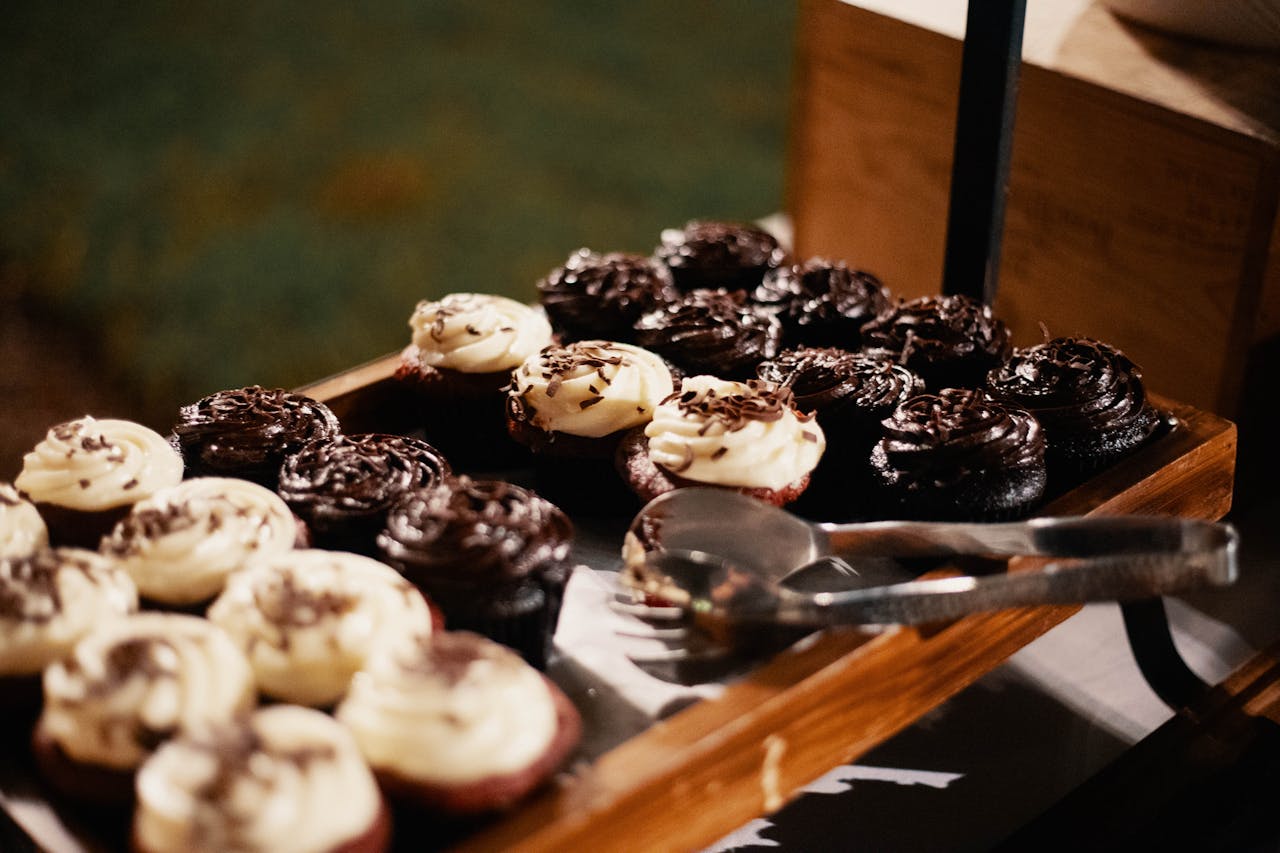We’ve all studied World War II, but most history books focus on the same major events. Behind the headlines and battlefield dates lies a world of forgotten facts, strange strategies, and surprising consequences that shaped our modern world. From secret missions to bizarre propaganda, these lesser-known truths reveal how weird and wide-reaching the war really was. Get ready to look at WWII in a way your high school textbook never dared to teach.
1. British Spies Used Invisible Ink
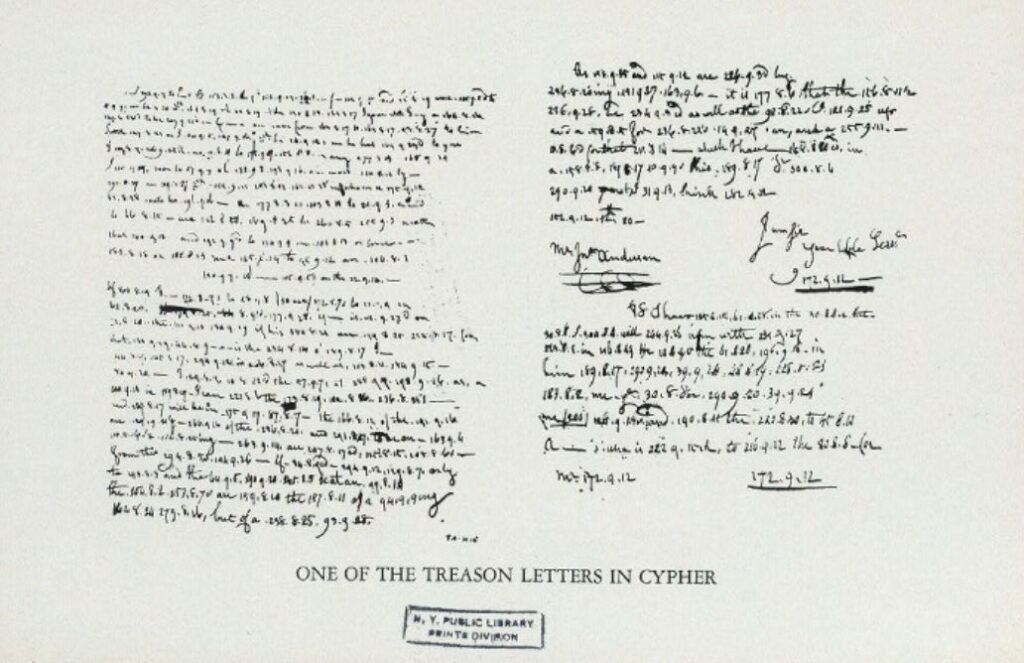
To outsmart the enemy, British intelligence used invisible ink made from everyday substances like lemon juice and even urine. Agents were trained to write between the lines of normal letters, which would then be decoded using heat or chemicals. The techniques evolved constantly to stay ahead of German counter-intelligence. Some messages were even hidden inside playing cards. Spycraft during WWII was more creative, and risky, than most spy thrillers ever show.
2. Hitler Was Once Time’s Man of the Year
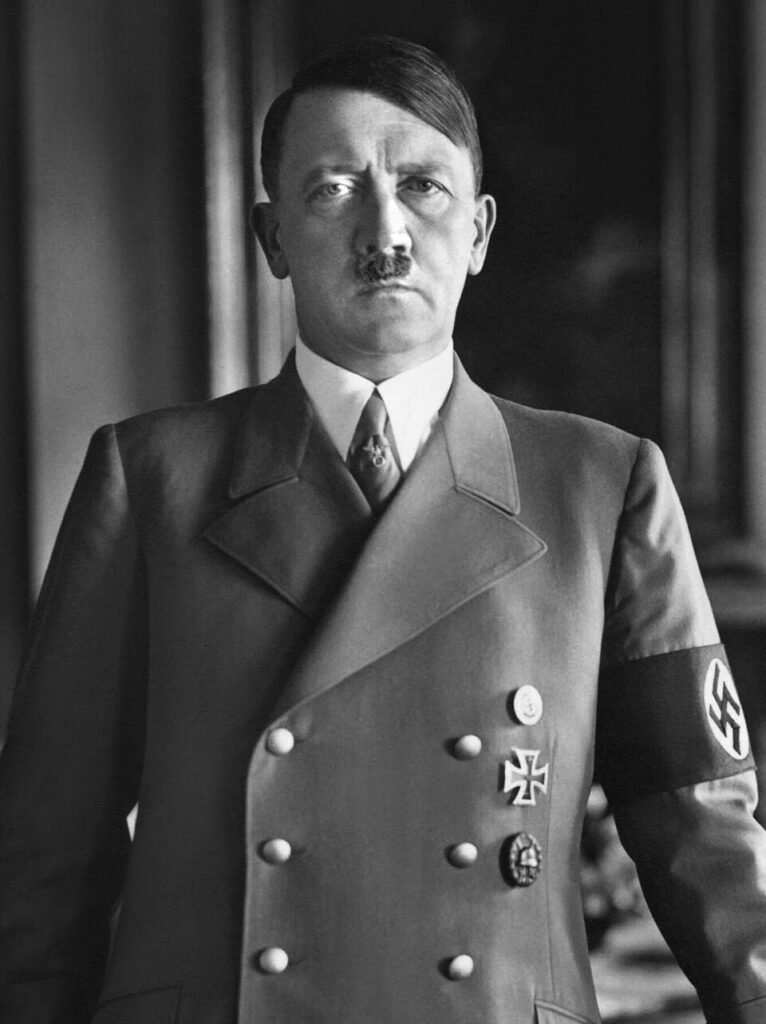
In 1938, Time magazine named Adolf Hitler “Man of the Year,” not to celebrate him, but to acknowledge his impact. The controversial decision shocked readers, but Time clarified the title reflected influence, not approval. They’d also named Stalin and later even the Ayatollah. The cover, featuring a grim caricature, aimed to provoke thought. It’s a strange footnote in history, and a reminder of how the media sometimes courts controversy to stir awareness.
3. U.S. Schools Held Air Raid Drills

During WWII, fear of enemy attacks reached American classrooms. Kids practiced “duck and cover” drills and were taught how to use gas masks. Some schools even built bomb shelters. Teachers distributed leaflets explaining what to do in case of chemical warfare. Though the U.S. mainland was never directly invaded, the anxiety was real, and these drills mirrored the wartime panic that gripped everyday American life, far from the frontlines.
4. The Allies Recruited Magicians
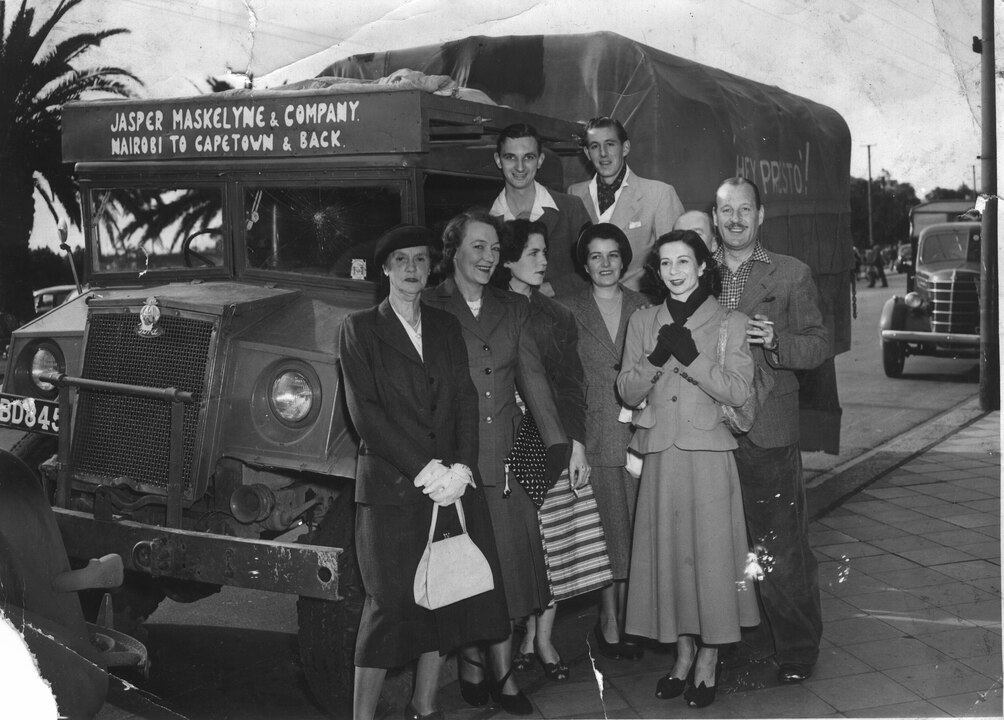
Famed magician Jasper Maskelyne joined the British military to fool the Nazis. His team, dubbed the “Magic Gang,” used illusions to hide tanks, build fake cities, and stage deceptive battle movements. They created inflatable tanks and used mirrors to make the Suez Canal appear somewhere else. Their tricks helped mislead German forces in key battles. Real magic didn’t win the war, but clever illusions gave Allied forces a strange tactical edge.
5. Japan Balloon-Bombed the U.S.
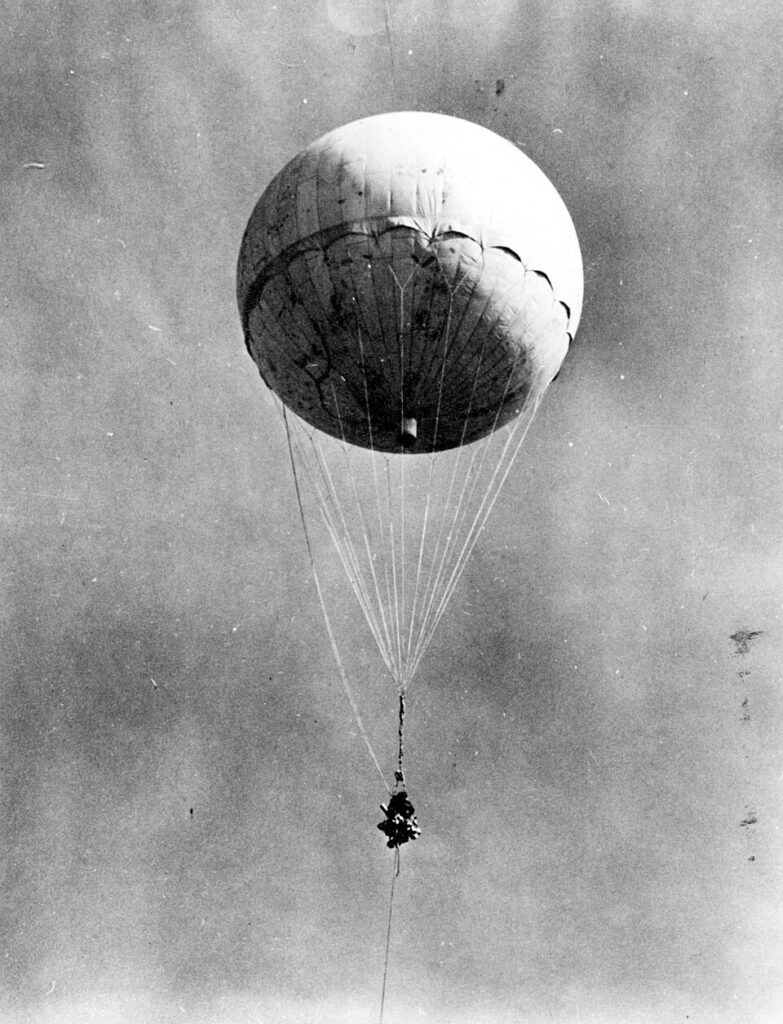
In 1944, Japan launched over 9,000 bomb-filled balloons across the Pacific. Carried by wind currents, a few reached the U.S., causing small fires and one tragic death in Oregon. The U.S. government suppressed news of the attacks to avoid panic. Though they were largely ineffective, these balloon bombs were the first intercontinental weapons ever used, and a chilling reminder of how far nations would go in unconventional warfare.
6. Women Pilots Flew Combat Missions
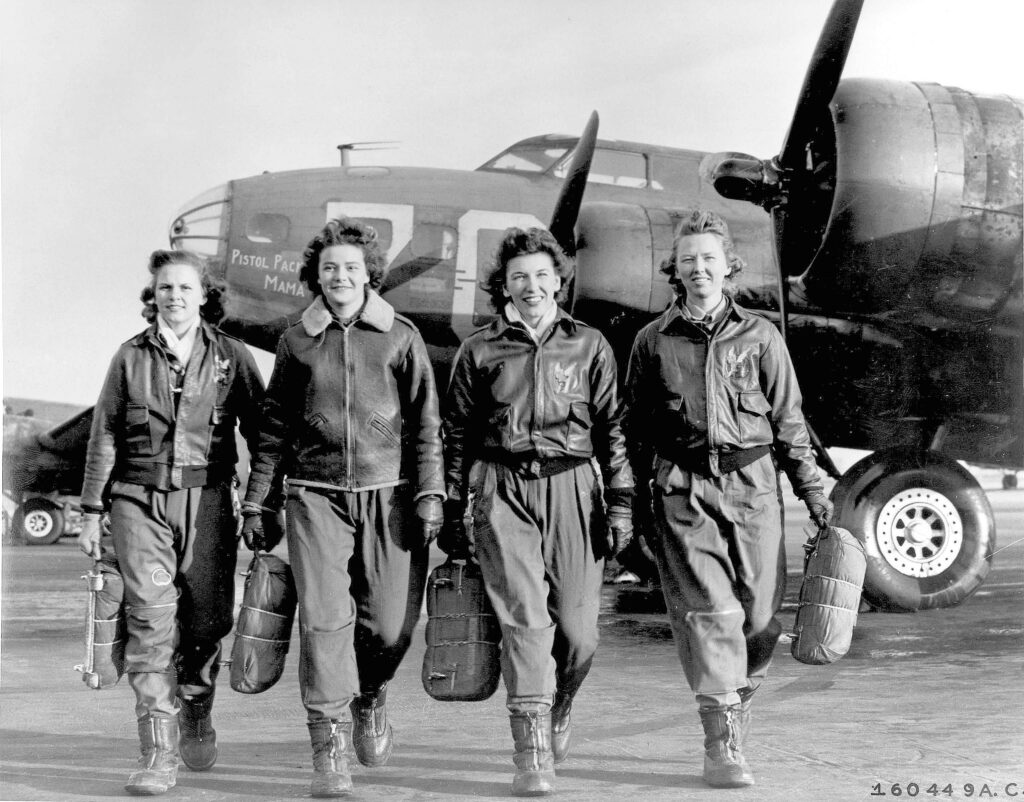
The Soviet Union deployed an all-female bomber squadron nicknamed the “Night Witches.” These pilots flew outdated planes, cut their engines to glide silently, and dropped bombs on German camps. Feared and hated by the Nazis, they flew thousands of missions and became legends of aerial warfare. Their story is rarely told in school, but they were among the fiercest and most respected pilots in the entire war effort.
7. The Nazis Tried Mind Control
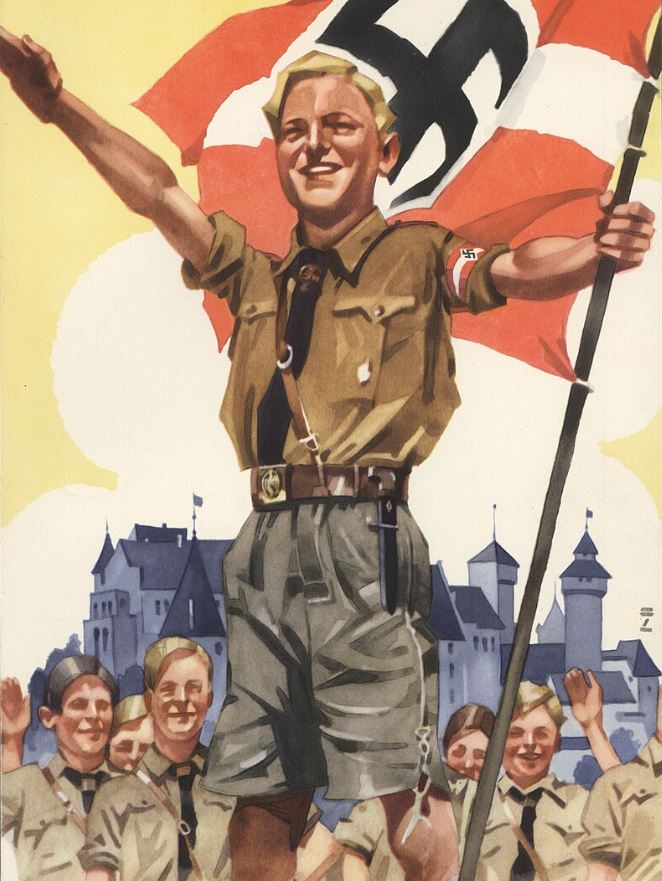
Desperate for an edge, Nazi scientists explored bizarre psychological experiments and even dabbled in occult research. They believed mind control and psychic warfare could be weaponized. Some prisoners were subjected to horrific tests, including sleep deprivation and drug-induced states, in attempts to manipulate behavior. Though these programs failed, they later inspired conspiracy theories, and even Cold War experiments by other nations chasing psychological advantage.
8. Churchill Had a Secret Bunker
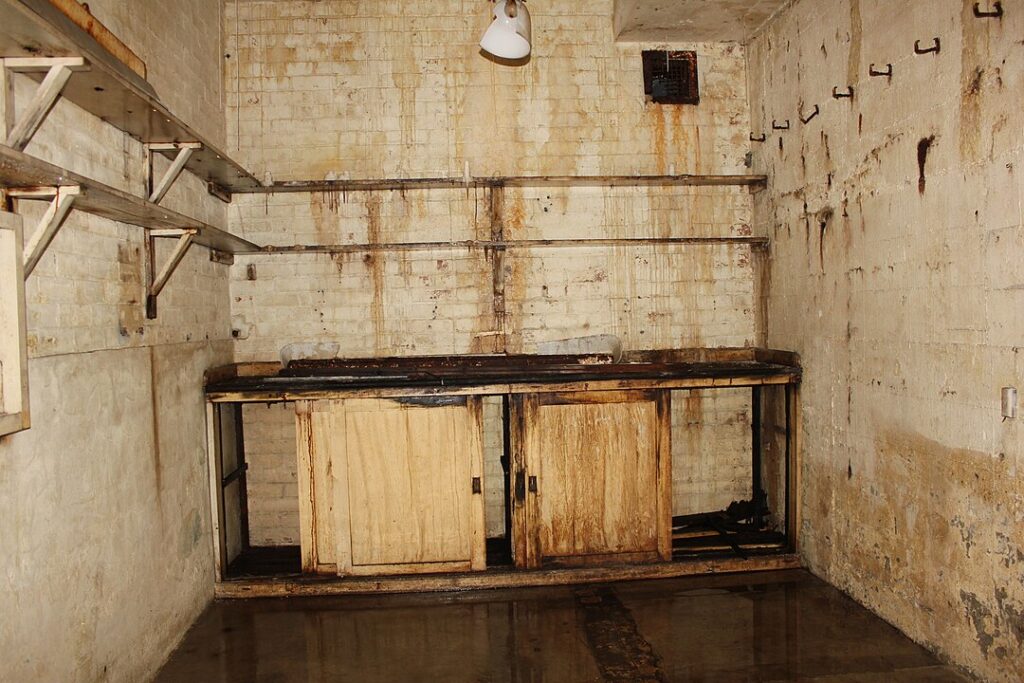
Beneath the streets of London, Prime Minister Winston Churchill directed the British war effort from a hidden command center. Known as the Cabinet War Rooms, this underground bunker was protected against air raids and equipped with secure lines, maps, and sleeping quarters. It remained a tightly guarded secret during the war. Today, it’s a museum, but back then, it was the nerve center of resistance against Nazi invasion.
9. Comic Books Were Propaganda Tools
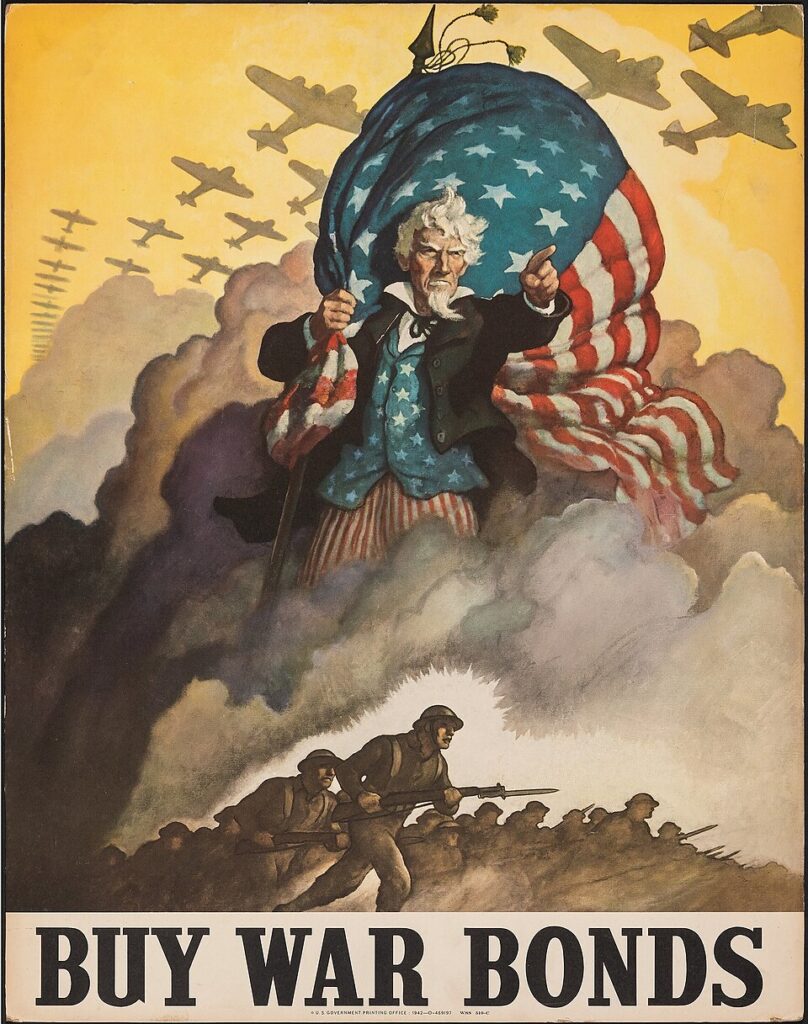
Superheroes didn’t just battle villains, they took on Hitler, too. During the war, comic books became patriotic tools. Captain America famously punched Hitler on a 1941 cover. These comics boosted morale, encouraged war bond purchases, and shaped public perception of the conflict. Kids learned wartime values through colorful panels. While it might seem odd now, comic books were serious business in shaping the American wartime mindset.
10. The U.S. Almost Invaded Sweden
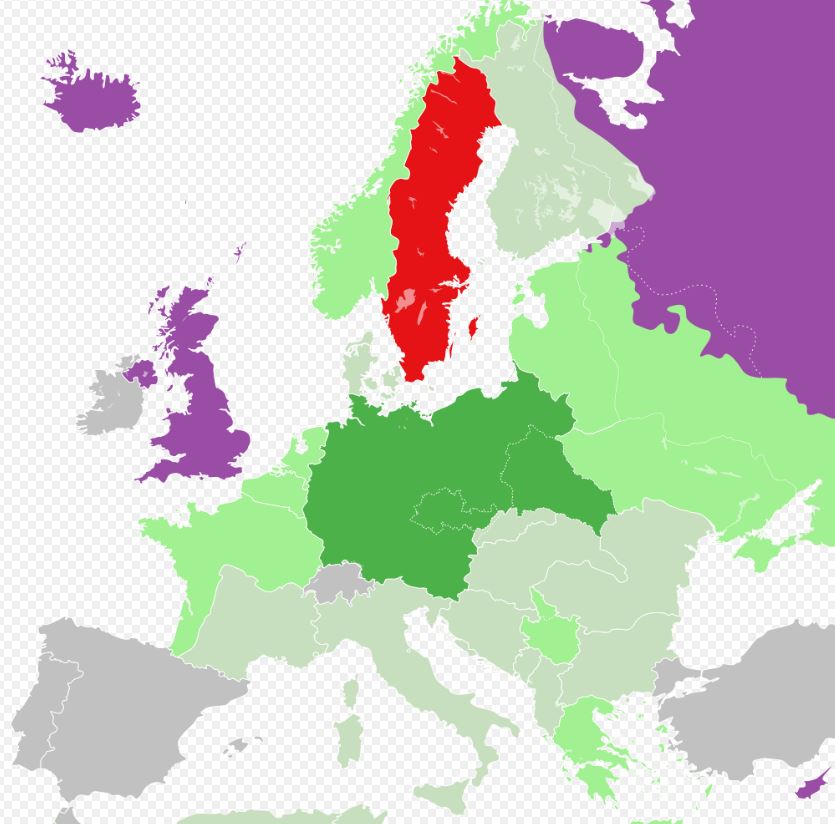
Though Sweden was officially neutral, U.S. military leaders considered invading it to stop German access to Swedish iron ore. Plans were drawn up for a possible occupation of key mines, but the idea was scrapped to avoid diplomatic disaster. This behind-the-scenes plotting shows how global the stakes really were, and how close neutral nations came to being pulled into the chaos.
11. WWII Boosted Ice Cream Sales
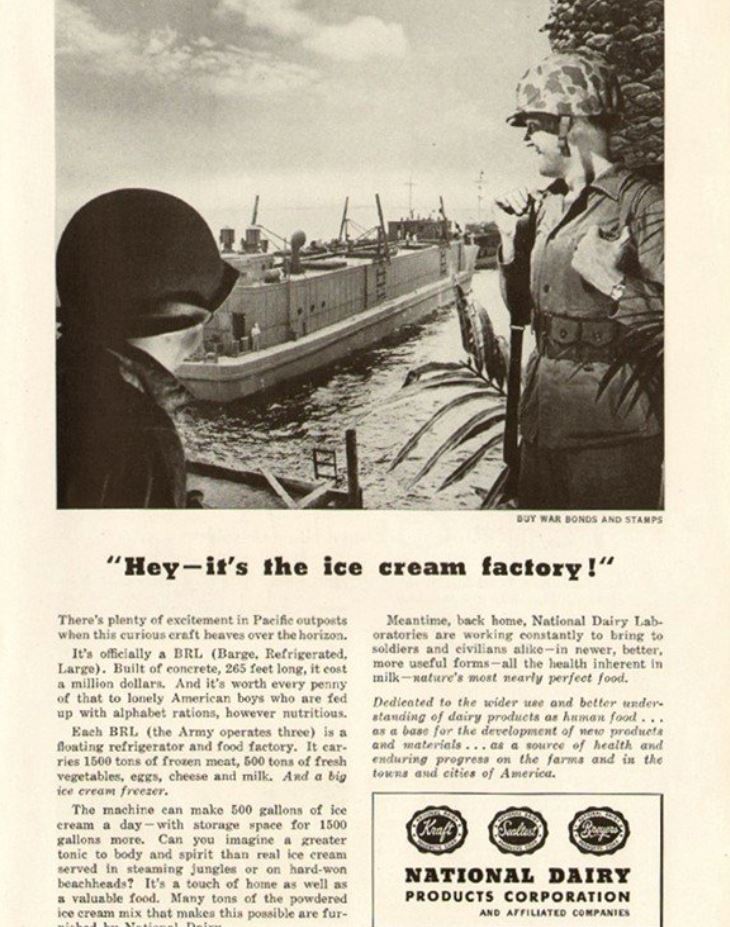
Ice cream became a morale booster for American troops during WWII. The U.S. Navy even built floating ice cream factories to serve the dessert in the Pacific. It was seen as a taste of home and a tool to lift spirits during long deployments. After the war, returning soldiers helped drive its popularity back home. Who knew soft serve had a role in the Allied victory?
12. A Bear Fought for the Allies
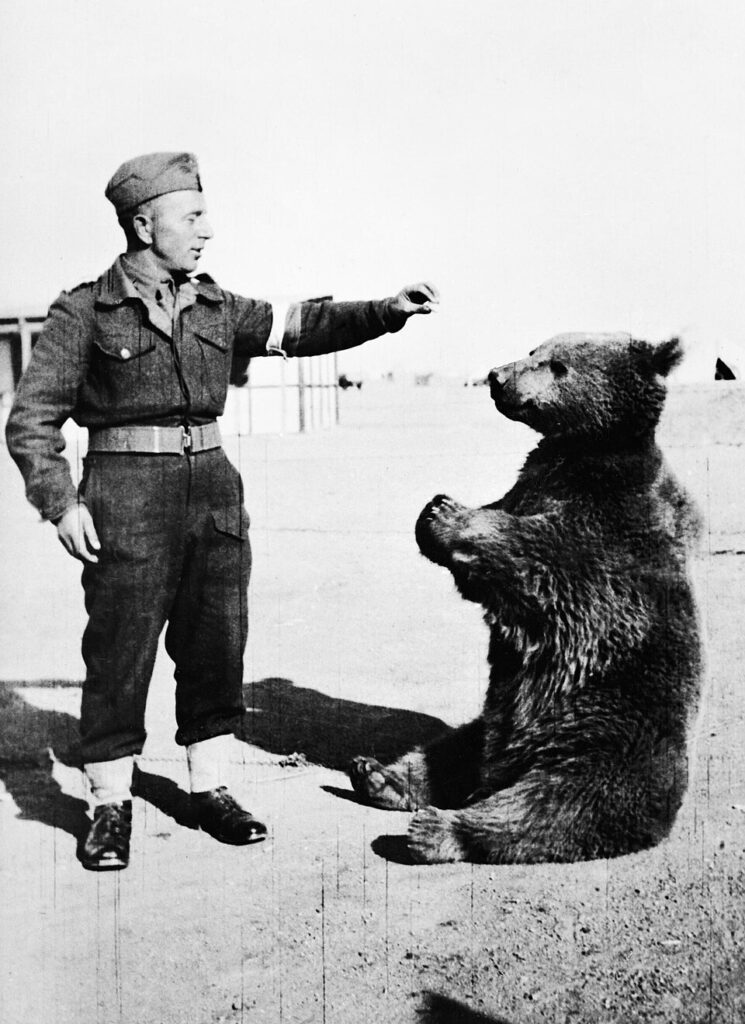
Wojtek, a Syrian brown bear, was adopted by Polish soldiers and officially enlisted in their unit. He carried ammunition, wrestled with soldiers, and boosted morale. Wojtek even helped transport heavy shells during the Battle of Monte Cassino. After the war, he retired to a zoo in Scotland. His story may sound made up, but Wojtek was a beloved, and very real, wartime comrade.
